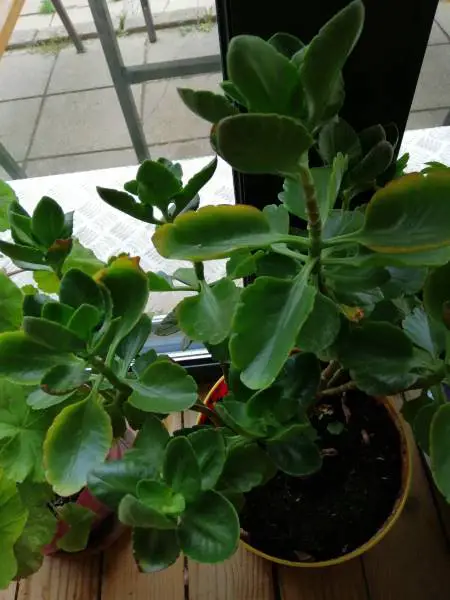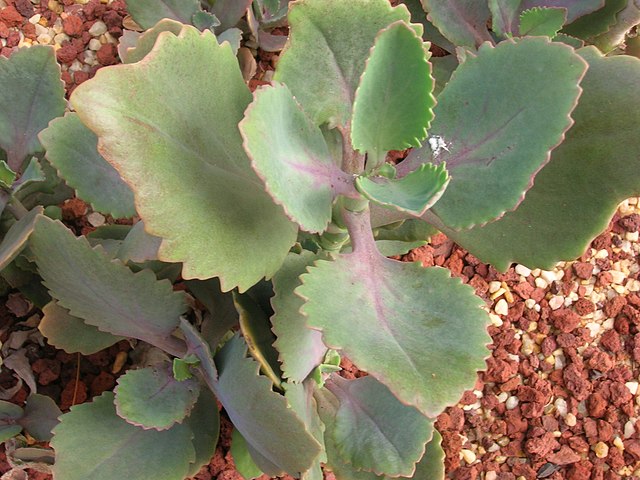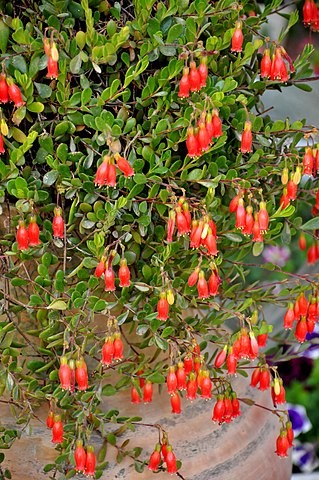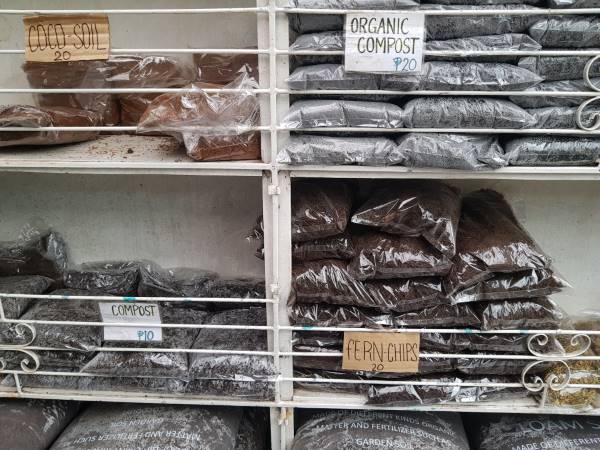Kalanchoe is a diverse genus of flowering succulents, which come in a variety of shapes, sizes, and colors. The beautiful foliage and colorful blooms make these plants extremely attractive. Kalanchoes are very easy to care for and commonly grown as houseplants.
Like most of the other succulents, Kalanchoes do not require a lot of care unless you provide the necessary light and water to the plants.
If you are not giving the proper light regimes to your plants, you will observe that your Kalanchoes will become stretched out, leggy, weak, and thin.
But you don’t need to worry.
It is a common problem and most of the Kalanchoe growers usually face this problem at some stage. You can bring the plants back to normal growth by a few adjustments.
All you need to know is the possible stimuli that are responsible for this behavior of your Kalanchoes. Once you know the exact cause you can deal with this problem. Through this article we will give you a depth view of “Why your Kalanchoes are growing too tall?” and “what you should do to bring your Kalanchoes back to normal?”
Lack of proper exposure to sunlight
This question must be on your mind if you have a few Kalanchoes in your home gardens and some of them appear stretched out and abnormally tall.
“Lack of proper exposure to sunlight is the primary cause of Kalanchoes growing too tall”
Sunlight is one of the most critical requirements for the life of Kalanchoes. The exposure of necessary sunlight is vital to ensure the healthy growth of Kalanchoes.
If your plants are growing too tall, it is an indication that they are not getting the right amount of sunlight necessary for their normal growth, this process is known as “etiolation”.
How does light affect the growth of Kalanchoes?
Light is necessary to carry out the process of “photosynthesis”. The leaves of the plants absorb the sunlight and prepare food for the plants. Whenever the plants face a lack of sunlight ultimately the normal process of photosynthesis is disturbed.
The energy produced in photosynthesis is utilized for normal growth, flowering, and reproduction of the plants. Any deviation from the normal process of photosynthesis will lead to abnormal growth of the plants.
Plants must absorb sunlight to sustain their life. Once the plants face a lack of sunlight, they will start growing taller than normal by projecting their growth towards the source of light. All energy of the plant that should be utilized in normal physiological functions instead goes in fight for survival.
When does this problem appears?
You must know the mistakes that can lead to tall growing Kalanchoes.
It is always strange to see how these slow-growing Kalanchoes can grow so rapidly in search of sunlight.
This problem is commonly faced by the gardeners who are growing Kalanchoes indoors. If you are keeping your plants indoors where they are not getting plenty of light exposure, they will start growing taller than normal.
Outdoor Kalanchoes may also appear stretched out or taller than normal if they are kept at very shady places, where the sunlight can’t reach the plants.
Early signs your Kalanchoes may start growing too tall
Regular inspection of your Kalanchoes will keep you updated about their health. You must identify the problems of your plants as early as possible. This is the only way you can ensure their health and survival.
Keep an eye on your Kalanchoes they will give you clues when they start growing too tall.
Here are a few early signs you may observe on your Kalanchoes.
- In the beginning, your Kalanchoes will start to curl their leaves in a downward direction to provide themselves a wider area for exposure to sunlight.
- The growth of Kalanchoes will be projected in the direction of the light source.
- The plants will lean towards the source of light.
- Leaves will appear discolored and turn pale yellow.
- At the later stage, the Kalanchoes will appear stretched out with widely spaced leaves.

If you see any of the above signs it’s a clear indication your Kalanchoe is stressed out due to lack of light exposure.
At this phase, the Kalanchoes will stop producing new leaves or plant parts and all energy of the plants will be utilized in growing taller at a rapid rate.
If you don’t identify the problem at an early stage your plants may suffer from irreversible damage. At the later stage, the plants will wither and ultimately die.
How to save stretched out Kalanchoe succulent?
Once you find out that your Kalanchoes are having some trouble in growing healthy, you start worrying about “how to save them?”.
Luckily, if you identify the problem at an early stage you can easily fix this problem by simply moving your plants at a bright sunny location or a location where your plants can get plenty of light.
Sadly, once your Kalanchoes become stretched out or leggy, they can’t return to their original shape and height.
But don’t panic. You can still save your plants.
Here are a few things you must do to save your Kalanchoes.
Move your plants immediately under a source of light
As soon as you spot the signs of stress move your plants immediately under a source of bright light. You can place your kalanchoes under bright sunlight or artificial lights.
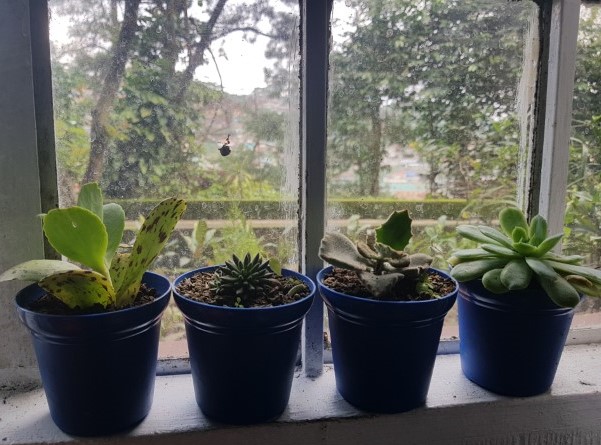
Move your indoor plants near a bright sunny south-facing window. If you don’t have windows with plenty of sun exposure you can keep your Kalanchoes under artificial growth lights.
Artificial growth lights are easily available in the market. These growth lights are quite economical, and you can easily purchase a few of them.
Move your plants outdoors every day for a few hours to give them exposure to sunlight.
Note: Outdoor Kalanchoes must be grown at a place where they get ample exposure to sunlight. Avoid growing your plants at heavily shady places.
Pruning can help to save stretched out Kalanchoes
Pruning is an essential gardening practice that helps to maintain the health of the plants. It’s a very simple task, all you need is a clean scissor or gardening shears to get started with.
Pruning the overgrowing plant parts can help to maintain the shape and health of Kalanchoes. When your Kalanchoes appear to be growing excessively tall, you must trim them. The amount of plant part that must be snipped off, depends on how tall your succulent has grown.
Start from the crown portion and trim it with sharp pruning shears. Leave behind a few inches of the stem at the bottom with a few leaves. The plant will perform better if you leave a few leaves behind to perform the process of photosynthesis.
Don’t throw away the cuttings you can use them to propagate all-new Kalanchoes. This way you can double stock your favorite Kalanchoes.
Once you are done with the pruning, move your plants at a location where they get plenty of sunlight.
Propagate your Kalanchoes
Are your Kalanchoes looking stretched out and leggy?
It’s time to propagate!
Propagation seems a tough task for most of us. But propagation is necessary to give your Kalanchoes an all-new beginning. Though the process requires a little effort, however, the results are just amazing. The spectacular site of newly growing Kalanchoes with thick and fleshy leaves will make you feel, it worth the effort.
You can use the cuttings from pruning for propagating new plants. Both the crown portion and the stem cuttings can be propagated. Let the cuttings develop callous for a day or two.
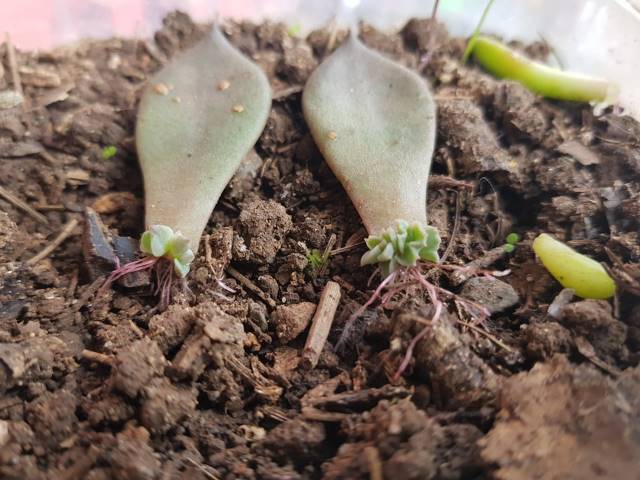
You can also treat the cuttings with a growth hormone powder. Fill the containers with the growth medium and place the cuttings at the center of the growth medium.
Keep misting the cuttings regularly several times a day. The plants will start rooting within 3 to 4 weeks. Once the plants are established in the new environment just cut back the water supply. Care for your plants like you do for mature fully grown Kalanchoes. Provide them moderate watering and exposure to sunlight.
Read about Kalanchoe Blossfeldiana propagation
Read about Panda Plant Propagation
Bottom line
Exposure to sunlight is vital to ensure the good health of your kalanchoes. Give your plants plenty of exposure to sunlight every day.
Kalanchoes facing a lack of proper exposure to sunlight appear stretched out, leggy, and thin. They start investing all their energy in growing taller in search of a light source.
Keep a close eye on your Kalanchoes and read the early signs of stress. It is easy to bring them back to normal if you identify the problem at an initial stage. Once the plants become completely stretched out you can’t bring them back to normal.
In case your Kalanchoes appear stretched out and leggy, immediately move your plants under a light source, give them essential pruning and propagate new plants.

